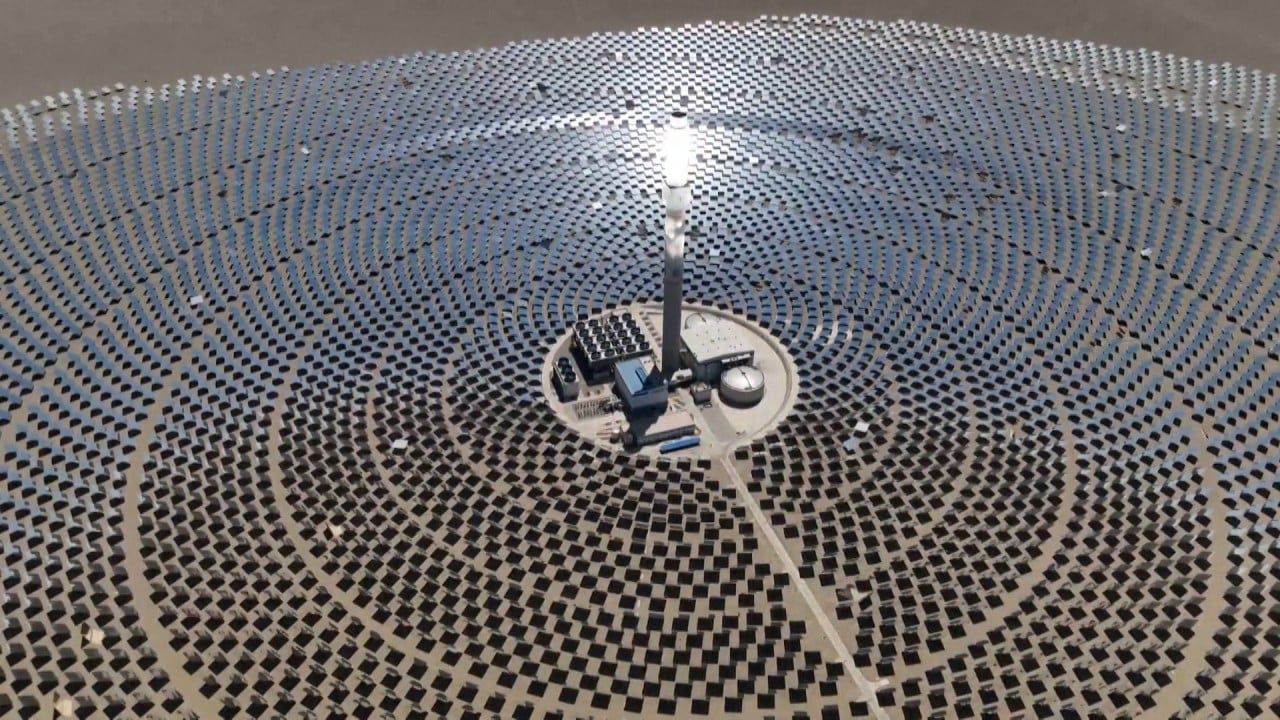Chinese scientists say their AI model can mark the best spots for double-faced solar panels
- Research team devises tool that uses data from satellites and weather stations to optimise placement of photovoltaic modules
- Tibetan Plateau and deserts of Xinjiang are best spots in China to install double-sided PV panels to maximise energy output, team finds

Under the right sunlight conditions, two-sided solar panels can produce more power than conventional ones. However they are difficult to transport and maintain, so finding the optimal location for them is crucial to ensuring the best use of resources.
However, it lacks data that would help determine the best spots to place two-sided solar panels.
The country has just 17 radiation stations that collect data on the amount and type of “solar power” available in a given location. This includes data on direct radiation – beamed straight from the sun to the front surface of a solar panel – and diffuse radiation, which is scattered by the atmosphere and more likely to be picked up by the panel’s rear face.
The equipment at these stations requires annual adjustments and regular maintenance, resulting in considerable operating costs.
